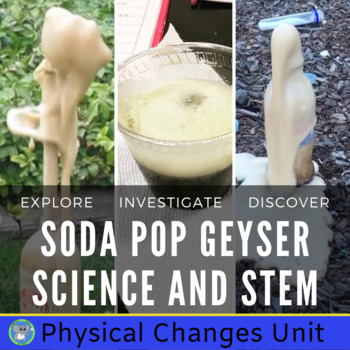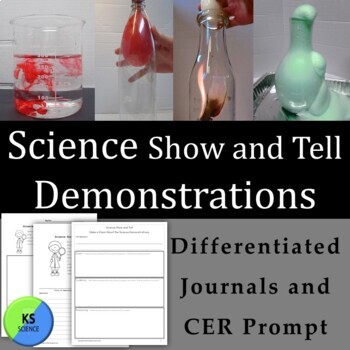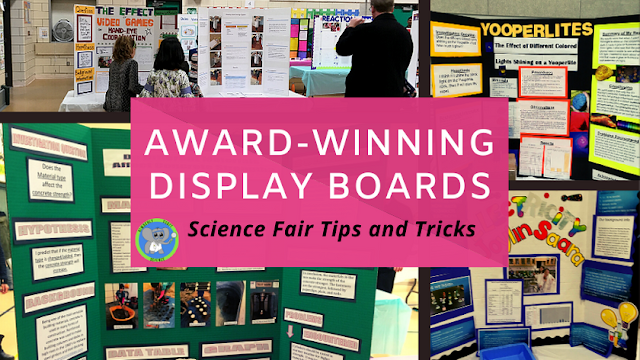How to Avoid Science Misconceptions in the Elementary Classroom.
Recently, I was researching some milk and candy experiments for upcoming classes. As I was reading other blogs I saw errors in their reasoning. I think this happens a lot. It is difficult to always explain things correctly, but it is important that we try. Elementary teachers are expected to teach every subject. We have to be experts on the topics. That is not always possible. Sometimes we are learning right along with our students.
1. You choose a reputable site. Stevespanglerscience.com, Discover Channel, NSTA, a book in the library.
2. If it is not from a reputable site make sure you research it further to see how many other people have tried the experiment.
3. Research the science behind the experiment. You may have an explanation in the student's textbook but look a little deeper. You never know what questions your students may ask. When I write experiments for teachers I always include a background page because the why is just as important as what happens.
4. Do the experiment first. Many things online don't work the way you want them to for your students. Some are Urban Legends. Check to make sure it truly teaches what you want.
5. Don't overwhelm yourself by choosing new activities to do with students. Start out with one new investigation at a time. You don't want to burn yourself out.
I know this may sound like a lot of work, but it will pay off in the end. You will have an activity that is well thought out and something you can use year after year. Your students will benefit from expert research.
Here are some misconceptions I find often. This would be a great activity with students. Show them the two explanations and let them guess which is true and which is false.
When do I see the moon? Many children's books only show the moon out at night. It is a commonly missed question on standardized tests.
True: The moon can be out during the day and at night. It depends on where the moon is in the moon cycle.False: The moon is only out at night.
Is Diet Coke and Mentos Geysers a Chemical Reaction?
No, A Mentos and Diet Coke geyser is actually a physical reaction from the bumps (nucleation sites) on the Mentos with the carbon dioxide in the soda pop.False: Many think Mentos chemically react with the diet coke producing an explosion of soda.
Here is a link for a great explanation:
When fire burns does it use up Oxygen?
I researched this recently and couldn't believe how many explained it as being used up. I was working on the classic candle in a jar experiment. Sites kept explaining it as using up the oxygen and making space for the water. I think I was even taught that long ago. That is not the case at all. Remember matter can neither be created nor destroyed. That oxygen is still there but in a different form. I have attached two videos that explain the truth to what is happening. Take the time to research even further with your students.
What common misconceptions have you found? Leave them in the comments to help us all get the science right.
SHOP THIS POST




